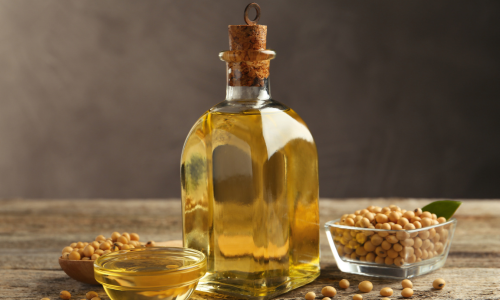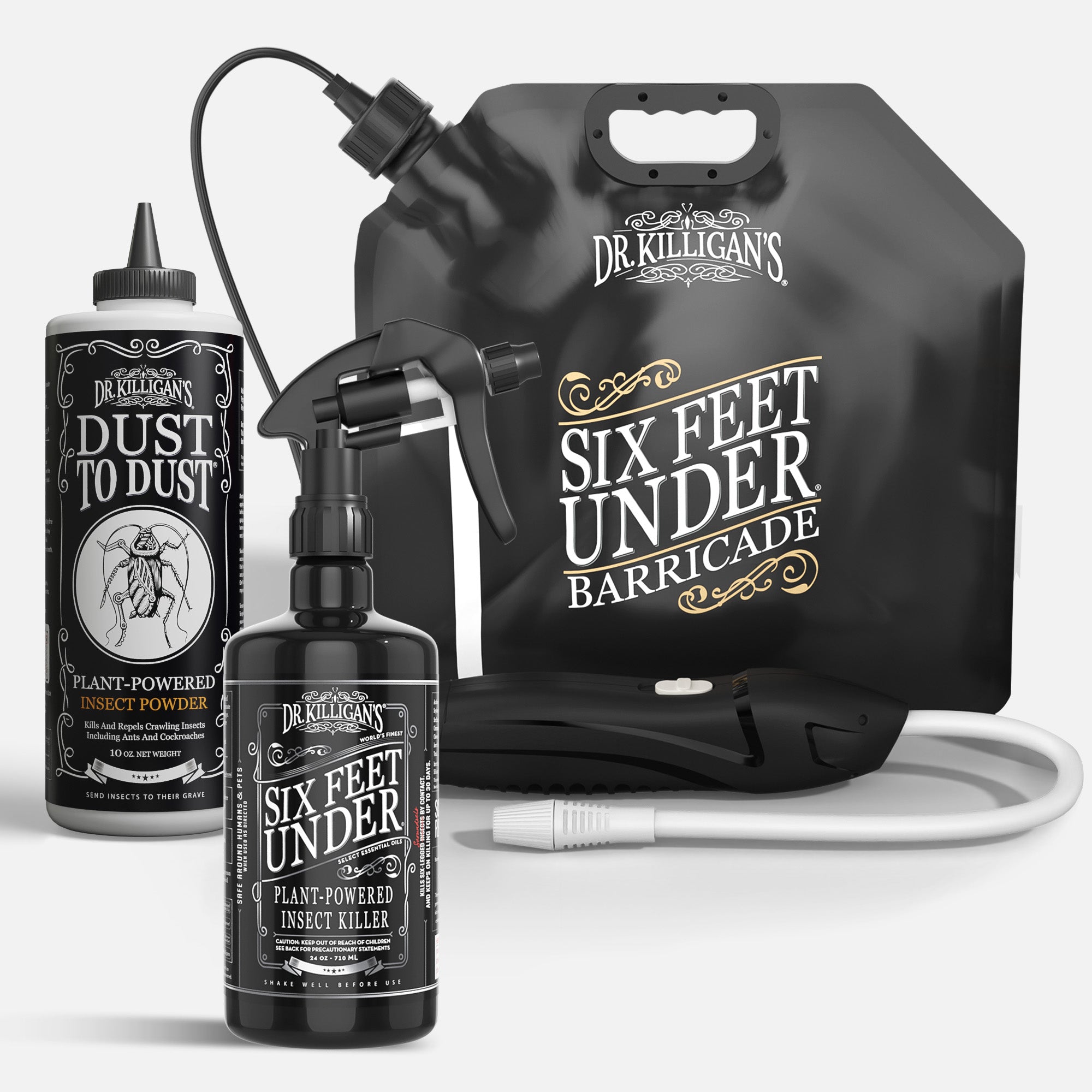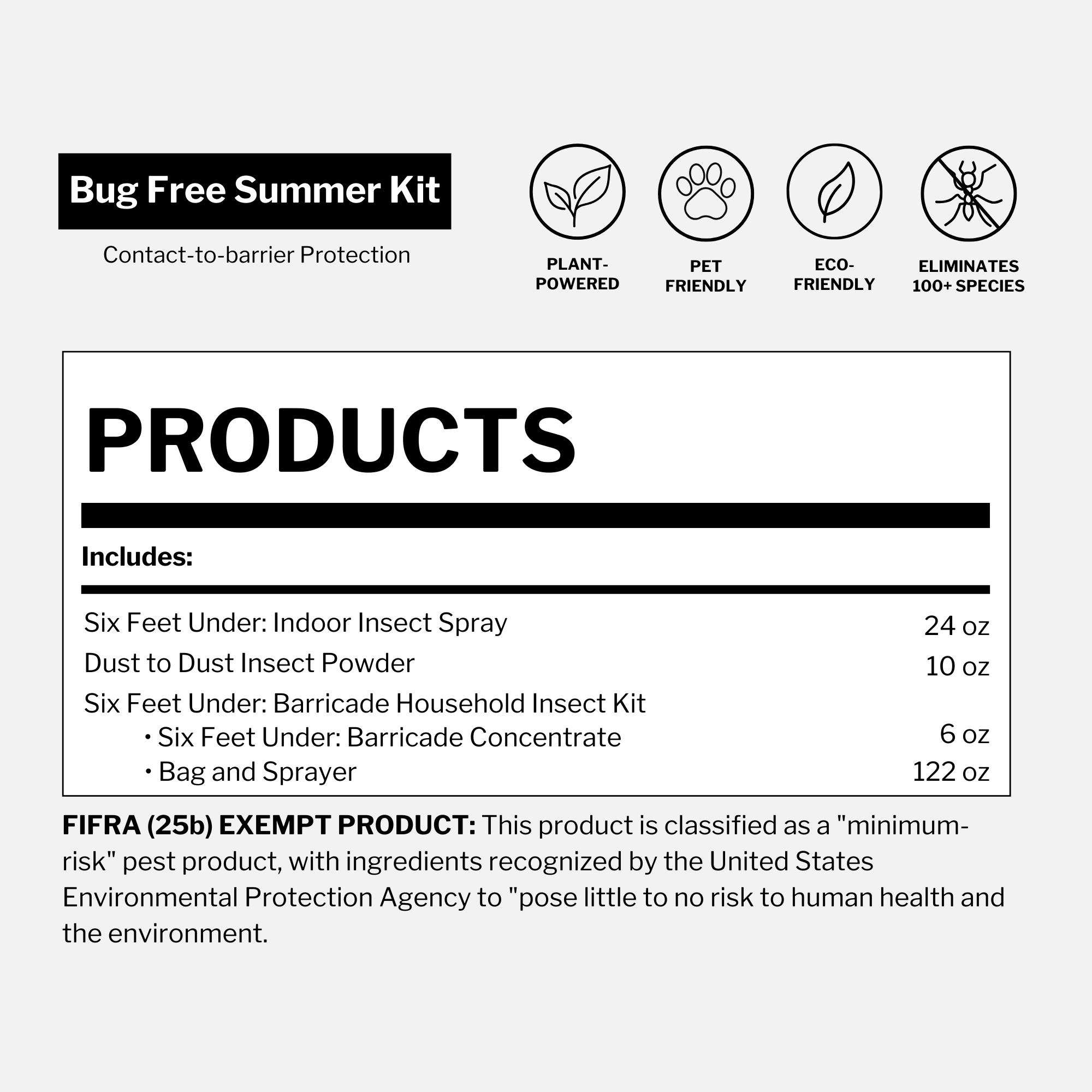Updated on March 12th, 2025
During the Civil War, soybeans were used in place of coffee because real coffee was scarce. Before it became a kitchen staple, soybean oil illuminated homes, fed livestock and even fertilized crops.
The soybean story begins in ancient China (2,000 BCE) when oil pressing was as important as the bean itself. By the time of the Yuan and Ming dynasties (1279-1368), soybean oil had found its way into cooking—though only the wealthy could afford the refined version. The poor had to tolerate its "unpleasant odor and unpalatability", as noted by historian F. Mote.

By the mid-1800s, soybean oil had found uses beyond the kitchen. Farmers repurposed soybean cake (a by-product of the oil) as feed for work animals and cattle. By the early 1900s, its uses expanded again—this time as fertilizer on sugar and yam plantations in China.
But everything changed in 1933. China, once the world’s soybean powerhouse, was rocked by civil unrest, while the United States became self-sufficient in soybean production. Since then, Brazil, Argentina and the U.S. have dominated the market, producing 80% of the world’s soy.
Fun fact: During World War II, the U.S. military used soybean oil to manufacture paints, plastics and even explosives—giving the humble soybean a role in wartime innovation.
Soybean oil has come a long way—from lighting homes and ancient temples to shaping modern industry. And its story? It’s far from over.
What is soybean oil?
Soybean oil is a vegetable oil derived from the soybean (Glycine max). Known as the "king of the beans," soybeans are the most economically important bean crop in the world, providing vegetable protein for millions and serving as a key ingredient in hundreds of chemical products.
The oil, which makes up about 22% of the dry seed, is one of the most widely consumed cooking oils and the second most consumed vegetable oil globally.
Did you know? Soybean oil is used in biodiesel, candles, crayons and even printing ink. The U.S. newspaper industry widely adopted soy-based ink in the 1980s because it produces brighter colors and is more environmentally friendly than petroleum-based alternatives.
How is soybean oil made?

Soybean oil—also known as soy oil—starts with whole soybeans being dehulled and crushed to extract the oil. After extraction, the oil goes through distillation and refinement to remove impurities, which can influence its aroma, flavor and color. This process ensures a cleaner, more versatile oil.
Fun fact: When early machinery emerged, Chinese mills began pressing soybean oil using wedge presses—an ancient method still used in some native Chinese cultures today. The process involved sun-dried soybeans being crushed under a massive stone roller, typically 4 feet in diameter and up to 2 feet thick, which was pulled in circles around a central pivot by a cow or mule.
Surprising uses for soybean oil
Today, we don’t need to grind soybeans on a wedge press, light our homes with oil lamps or save soybean by-products for livestock feed. Instead, we simply commute to the local grocery store with our hot cup of joe in our modern vehicle, making sure a few George Washingtons (or a plastic card with a chip) are in our pocket—without realizing how much soybean oil plays a role in our everyday lives.
Here are 10 surprising ways soybean oil is used:
- Cooking oil | A staple in kitchens worldwide, soybean oil is ideal for frying, baking, roasting and sautéing.
- Non-toxic pesticide | Soybean oil suffocates pests like mites, beetles, scales, caterpillars and whiteflies—making it an eco-friendly insect control option.
- Sustainable fuel | Mixed with diesel, soybean-based biodiesel can reduce greenhouse gases by up to 86%.
- Printing ink | 95% of newspapers now use soybean-based ink because it produces brighter colors and is more eco-friendly than petroleum-based alternatives.
- Household products | Soy-based crayons are non-toxic and safer for kids, while soy candles burn longer and produce less smoke.
- Industrial cleaners | Soy-based solvents can safely remove oil spills from waterways without harming the environment.
- Tires with better traction | Goodyear uses soybean oil in tires, improving grip on wet and winter roads.
- Concrete sealant | A soy-based alternative to acrylic sealers protects driveways, patios and sidewalks from water and salt damage.
- Carpet backing | Over 90% of petroleum-based polymers in some carpets have been replaced with soy-based alternatives.
- Indoor insecticide | Soybean oil is used in natural bug sprays to kill household pests like ants and cockroaches.
How does Dr. Killigan’s use soybean oil?
Our non-toxic, kill-on-contact spray, Six Feet Under Plant-Powered Insect Spray, contains 3.13% soybean oil—a key active ingredient in our effective formula that eliminates a wide range of pests. It works on all six-legged insects, including ants, aphids, beetles, cockroaches, fleas, flies, mites, mosquitoes, moths (including larvae and eggs), silverfish and ticks.

In Six Feet Under, soybean oil creates a physical barrier to an insect's ability to breathe. It clogs the spiracles (breathing pores) along an insect’s abdomen, blocking airflow and causing asphyxiation. Similarly, when applied to insect eggs, it reduces oxygen uptake and significantly lowers hatching success.
Soybean oil also dissipates quickly through evaporation, leaving no toxic residue. This makes Six Feet Under less disruptive to beneficial insects than chemical insecticides.
Beyond suffocation, soybean oil disrupts insect metabolism, interfering with their ability to feed—leading to starvation.
Additionally, because its mode of action is mechanical rather than chemical, insects are far less likely to develop resistance.
Our expertly crafted formula combines soybean oil with sodium lauryl sulfate, cinnamon oil and clove oil, enhancing its overall effectiveness. It is completely free of pyrethrins and other harsh chemicals, making it safe to use around pets and children.





















